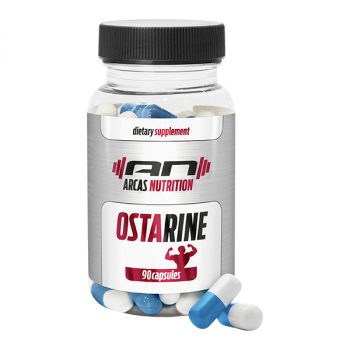Trestolone (MENT, Tresione) has the chemical structure of a “19-nor”, or nandrolone derivative compound. Its main structural difference with nandrolone is that it has a 17-ketone, whereas nandrolone has a 17b-hydroxy potential. This makes it a 7a-methylated dione form of nandrolone. This imparts it extreme anabolic properties which has become world famous because of its ability to enable lean muscle gains when dosed following guidelines. This is chemically a “dione” prohormone.
The ketone at C17 is hydrolysed in the cells of the body by 17b-hydroxysteroid dehydrogenase type 1 (17b-HSD1). The end product is a highly anabolic compound called trestolone. This prohormone has very little affinity for SHBG. This makes it more readily available for the body. It has a short terminal half-life and therefore has to be regularly dosed at stipulated intervals.
History of the product
This product is a newly formulated prohormone. Extensive clinical tests were conducted for anabolic and residual androgenic effects in 1963. Its properties are very similar to that of testosterone. The product has shown to have a marked effect on male infertility. It is highly effective like the 17-alpha-alkylated mibolerone. It hasn’t shown any observable liver harming impacts.
Dosage and cycle lengths
- Recommended dosage: 35-105 mg/day
- Dosage for 1-2 weeks: 35 mg/day
- Dosage for 2-4 weeks: 70 mg/day
- Dosage for 4-6 weeks: 70-105 mg/day
- Average length of a cycle: 4-6 weeks
- Cycle length for professional bodybuilders: 6-8 weeks
Research chemical only







